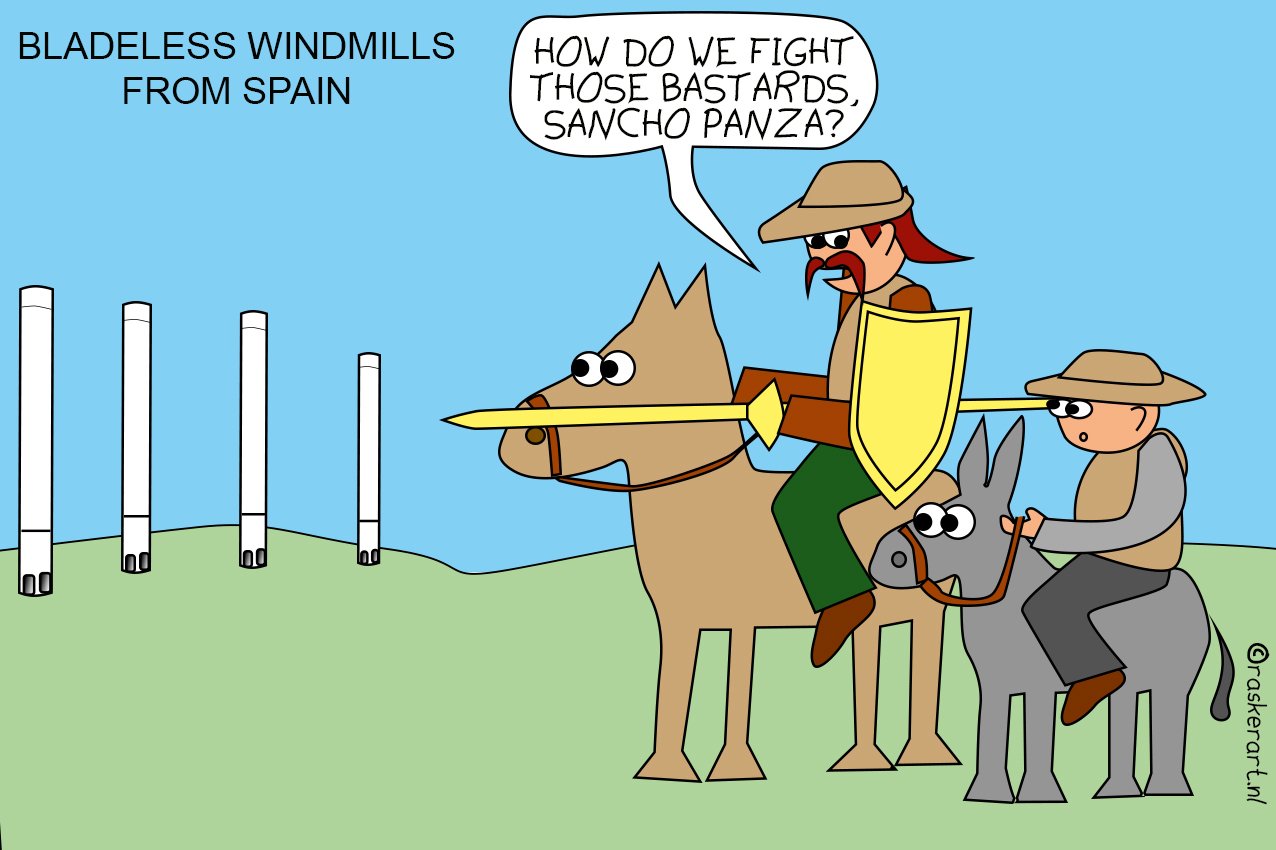
What started out as a small company in the far north of the Netherlands has grown into a company with an international reputation. Groningen-based EAZ Wind has already installed more than 450 wind turbines and the latest model generates 35,000 kWh per year, according to one of the best-read stories of last week.
Are these windmills going to make our energy sources more sustainable? No, says Paulus Jansen. “Just like you and I don’t do that when we both put 5 solar panels on our roofs. That’s not going to make a difference.” As a structural engineer, Jansen has been involved in the field of construction and sustainability for over 45 years, including 20 years in politics on behalf of the Dutch Socialist Party (SP). He sat on the Utrecht city council for the SP, was a member of parliament and later an alderman in Utrecht. Until last summe, he was general director of the Woonbond (the Dutch residential renters’ union).
“It is obviously a charming solution. But the fact that these relatively small windmills are now taking off is primarily political. There are still plenty of sustainable solutions that need to be put in place to achieve the climate targets. But large wind turbines are highly debatable; nobody wants one of these in their backyard. This makes politicians nervous. They have to make decisions and that is not exactly their strong suit. That’s why they come up with such charming little turbines.”
Small wind turbines can provide a solution in specific cases
In an article on his blog, he calculated that 250,000 of these windmills are needed to eliminate the current shortfalls in what was the precursor to the Climate Agreement (SER energy agreement). “The goal was to get 6,000MW from onshore wind last year. This was not achieved, only 3,500MW was realized. With a claimed annual yield of 35,000 kWh per year, you would need 250,000 smaller ones to clear the deficit of 2,500MW. If you put up standard turbines, you would ‘only’ need 500. It is unrealistic to assume that such a small wind turbine can meet all our energy needs,” he explains.
But that’s not to say that these small wind turbines can’t provide a good solution, argues Jansen. “In very specific cases, they can work really well. In places where there is a very consistent usage of energy for example. Like water boards, or farmers with a lot of land. The connection costs are lower, permit procedures are shorter and a small wind turbine like this meets with less resistance from the surroundings. For them, the equation could well turn out to be positive.”
Skybrator
All the same, Vortex, a start-up near Madrid, thinks it can also solve the energy problem with small wind turbines. At home, as a supplement to solar panels when the sun doesn’t shine at night, for one thing. But the special feature of these “windmills” is that they have no blades. On the internet, the device is jokingly called a ‘skybrator‘. The company expects to bring out the first version this year. How it works? A pole of almost three meters is mounted on an elastic base and the wind causes this pole to vibrate up and down. The ‘wobble pole’ generates a whole lot less power than an offshore wind turbine. 100 watts versus 3 megawatts. But it costs only a fraction of such a turbine and produces no noise pollution.
Jansen is skeptical about this kind of alternative. “If I look purely at elementary physics principles, it will never generate enough energy. Just because of the simple fact that these windmills without blades will never block as much wind as rotating blades. These have a much larger surface area. But then again, let’s not pretend that I have all the answers. However, it is good that this is being researched and experimented with. Just like nuclear fusion, billions of euros go into fundamental research there. We only know for certain that this will produce an awful lot of energy that really makes a difference. In the case of wind turbines without blades, that remains to be seen.”



